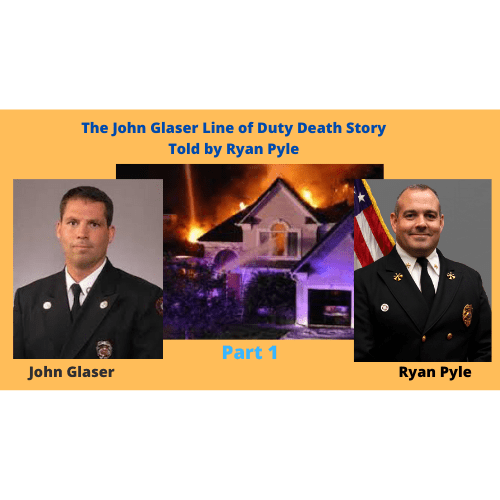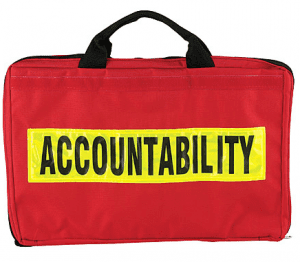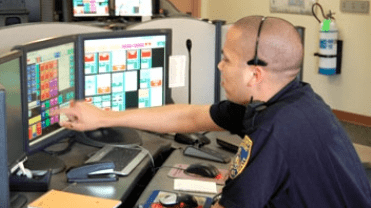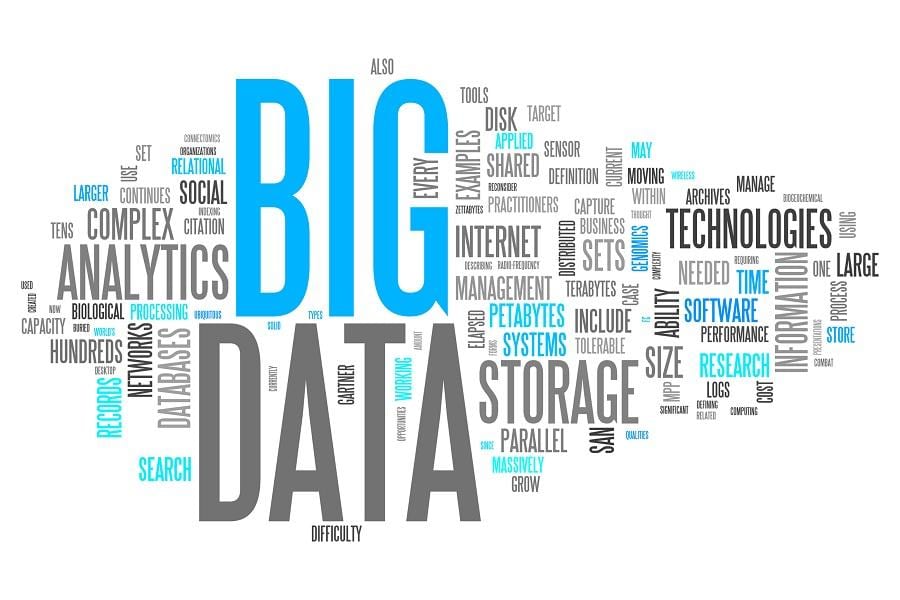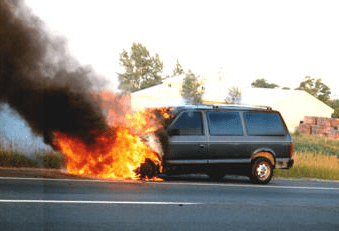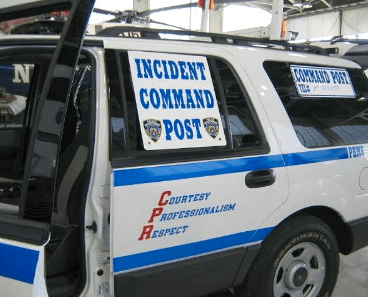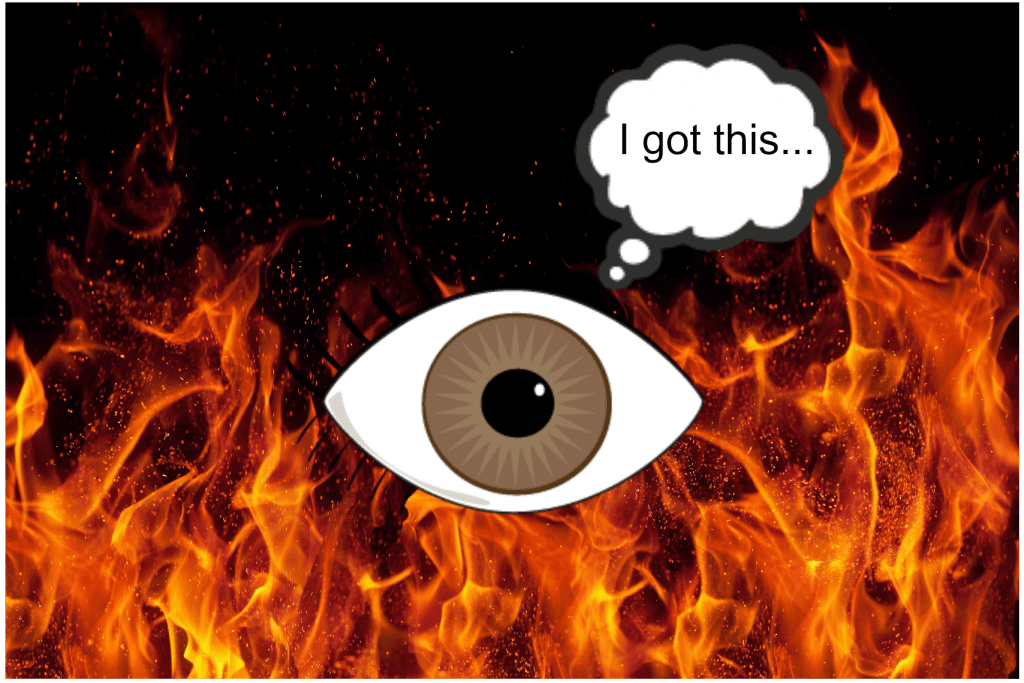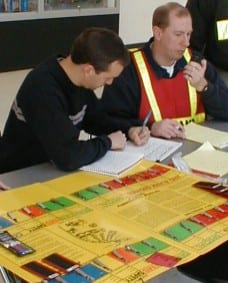The John Glaser LODD Story, told by Ryan Pyle. – Part 1 – SAM 338
In this episode I sat down for an interview with Shawnee (KS) Fire Battalion Chief Ryan Pyle to discuss a residential structure incident that resulted in the death of Firefighter John Glaser. Ryan discusses the details of this tragic incident and the lessons his department learned from it. This episode is part 1 of a […]
The John Glaser LODD Story, told by Ryan Pyle. – Part 1 – SAM 338 Read More »

